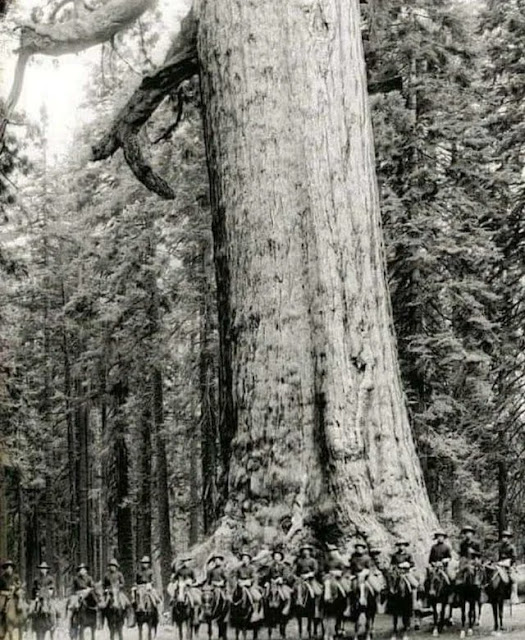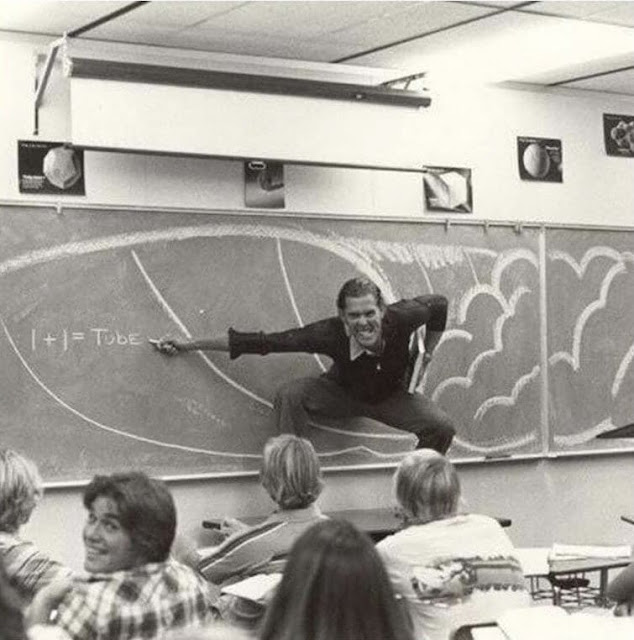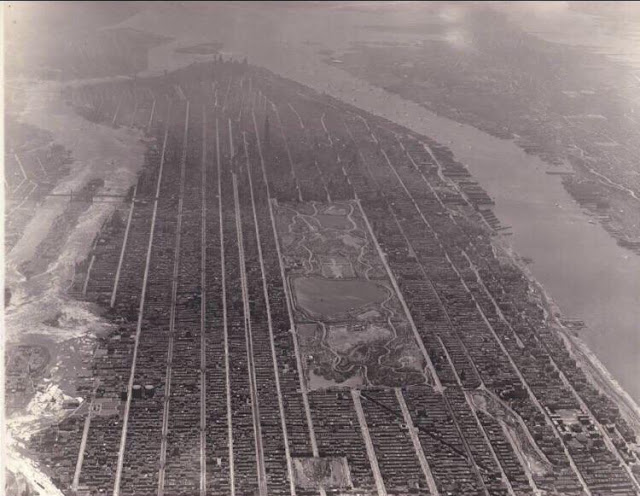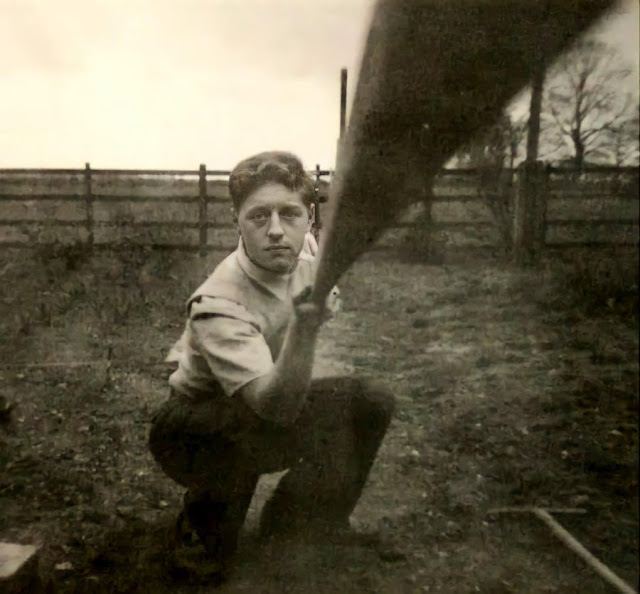In the spring of 1945, Winston Churchill ordered his Chiefs of Staff to draft, ‘Operation Unthinkable’ to attack the Soviet Union after WW2 ended. "Operation Unthinkable" was indeed a plan drafted by the British military during World War II, in the spring of 1945. However, he was not ordered by Winston Churchill specifically to attack the Soviet Union after the war ended.
Operation Unthinkable was a contingency plan for a possible conflict with the Soviet Union, in the event that the Soviet Union did not withdraw its forces from Eastern Europe, as they had agreed to do at the Yalta Conference. The plan was meant to be used as a last resort if all diplomatic efforts to resolve the issue failed.
It should be noted that Churchill himself did not support the plan and did not actively promote it. He saw it more as a theoretical exercise than a real plan of action. In fact, he described the plan as "unthinkable" and it was never actually put into action.
In conclusion, while Operation Unthinkable was a plan drafted by the British military during World War II, it was not ordered Churchill to attack the Soviet Union after the war ended, and Churchill himself did not support it. The plan was a contingency plan for a possible conflict with the Soviet Union, in the event of a breakdown in diplomacy.














